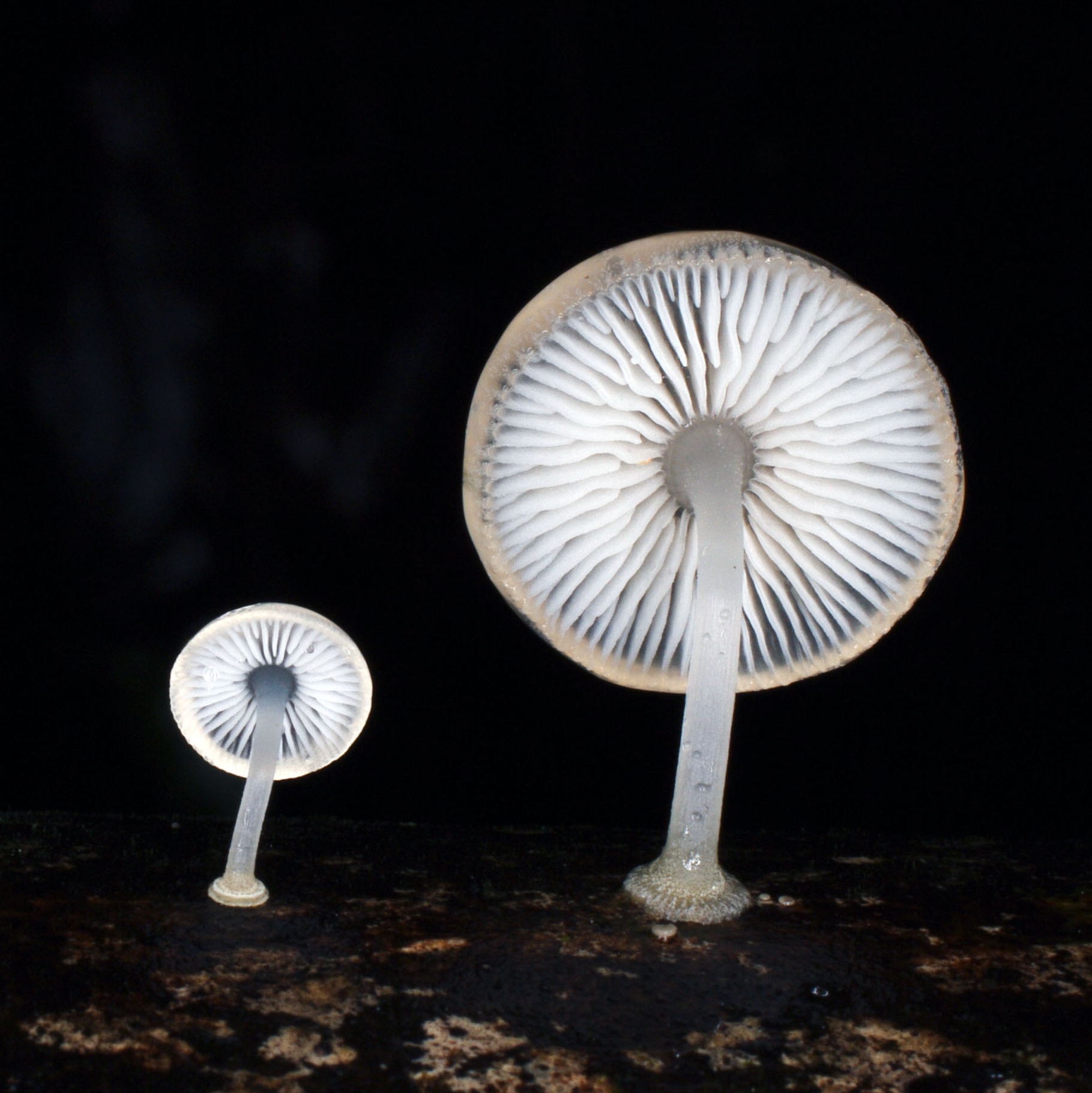Jul 04, 2022
RNAlater recipe
- 1KMU

Protocol Citation: Yin-Tse Huang 2022. RNAlater recipe. protocols.io https://dx.doi.org/10.17504/protocols.io.bp2l61w35vqe/v1
License: This is an open access protocol distributed under the terms of the Creative Commons Attribution License, which permits unrestricted use, distribution, and reproduction in any medium, provided the original author and source are credited
Protocol status: Working
We use this protocol and it’s working
Created: July 04, 2022
Last Modified: September 12, 2023
Protocol Integer ID: 65948
Abstract
RNAlater recipe
Before you start
Before you start
1d
1d
Submerge all your equipment and glassware in 1% bleach to get rid of nuclease
Reagents
Reagents
1d
1d
DEPC treated water
1. Add 1 mL DEPC in 1 L ddH2O (0.1 % (v/v) ); MIX it well.
2. Let it sit for 24:00:00 at25 °C
3. Autoclave it to deactivate DEPC
4. Store the DEPC treated water at4 °C
1d
0.5 M Disodium dihydrate EDTA:
1. Add 18.61 g disodium dihydrate EDTA in 100 mL ddH2O
2. Adjust pH to 8.0 with NaOH while stiring
1 M tri-Sodium Citrate Dihydrate:
Add 29.4 g tri-Sodium Citrate Dihydrate in 100 mL ddH2O, stir to dissolve
1 M sulfuric acid:
Add 5.33 mL sulfuric acid in100 mL ddH2O, stir to dissolve
Start to make RNAlater
Start to make RNAlater
Make a mixture of:
40 mL of 0.5 M EDTA + 25 mL 1 M tri-Sodium Citrate + 700 g Ammonium Sulfate +935 mL ddH2O; stir on a hot plate with low heat until ammonium sulfate dissolved
Allow it to cool; adjust the pH of the solution to pH 5.2 using 1 M sulfuric acid
Note
To avoid contamination from the immersed pH meter, adjust pH by pouring 10% of the solution in a new beaker and add base or acid to hit the right pH; then scale it up to the needed amount for the original solution and blindly adjust its pH
The final concentration: 25 mM Sodium Citrate, 10 mM EDTA, 70 g ammonium sulfate in 100 ml ddH2O; pH 5.2.
Transfer to screw top, nuclease-free bottles; label the date of make; store at 4 °C
